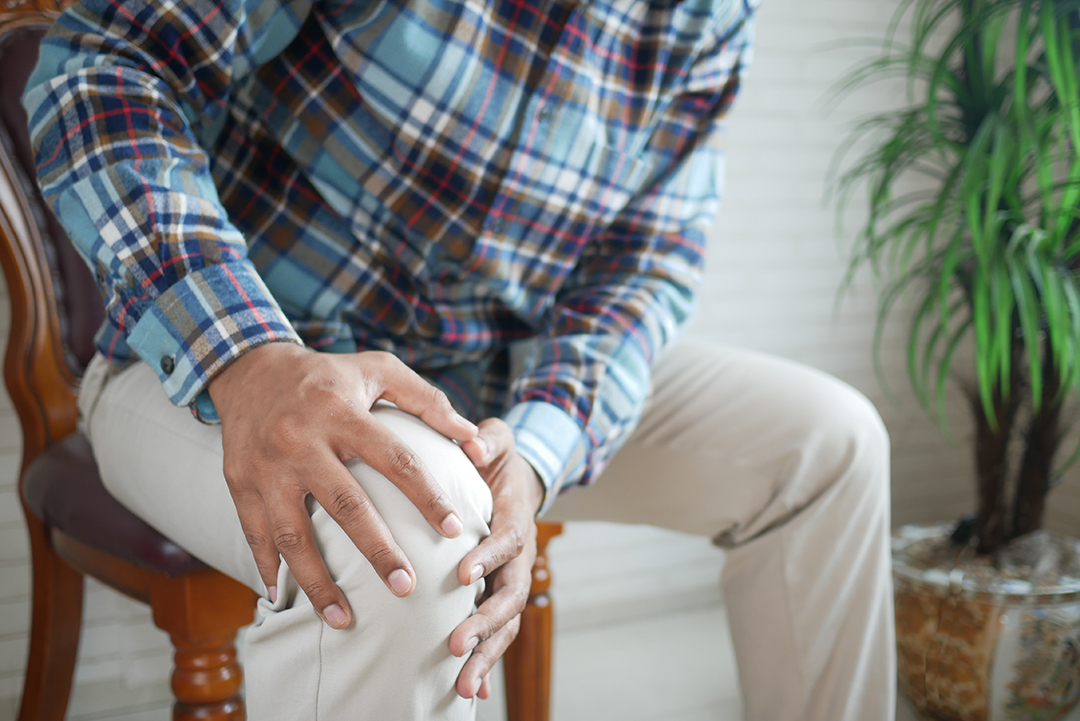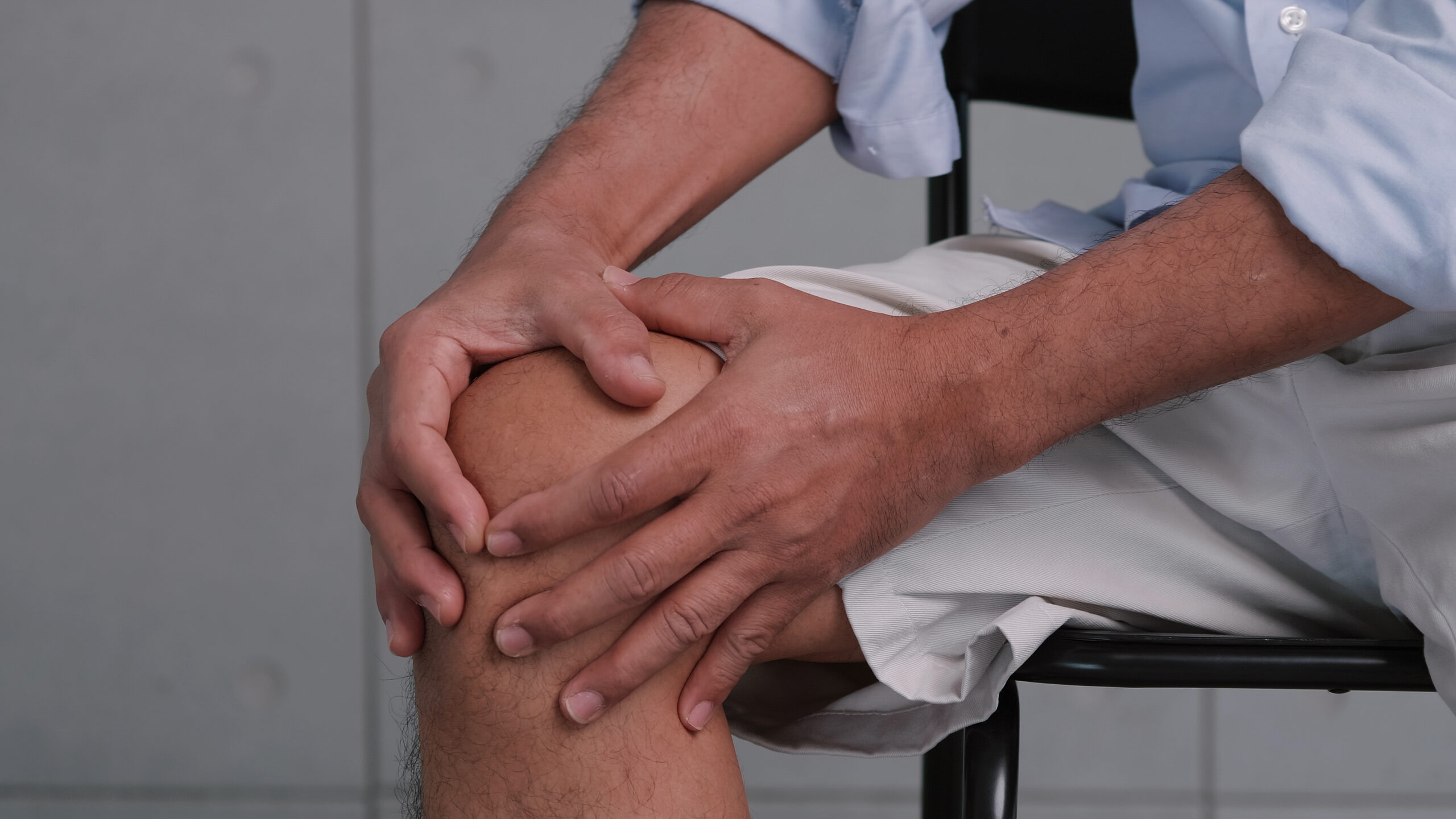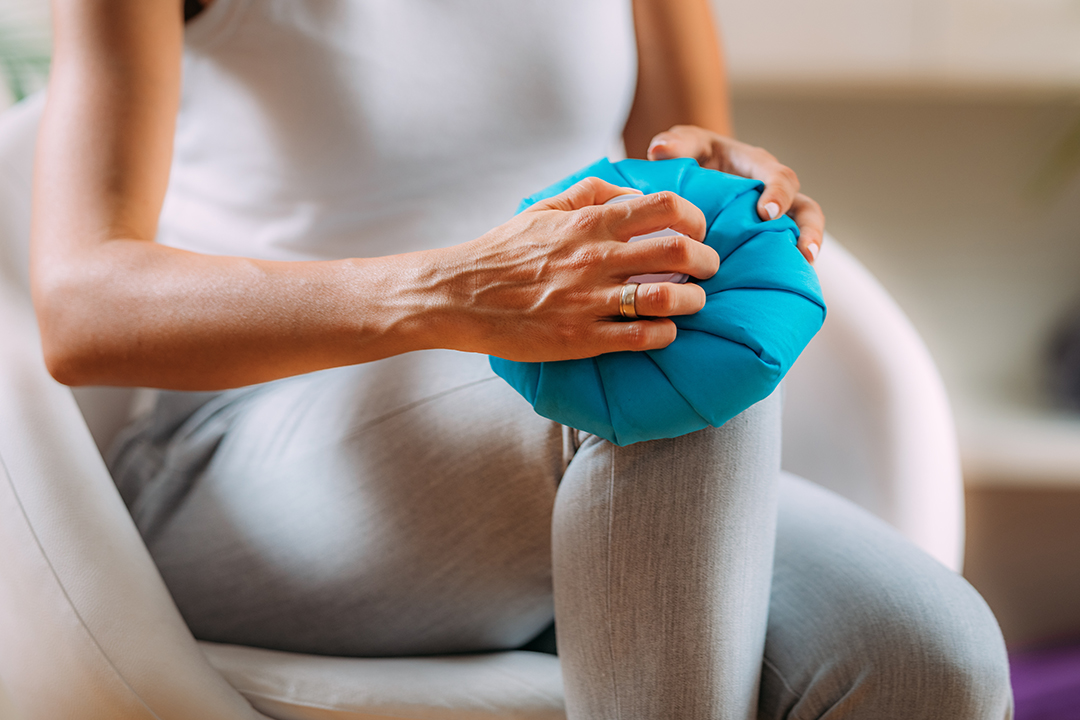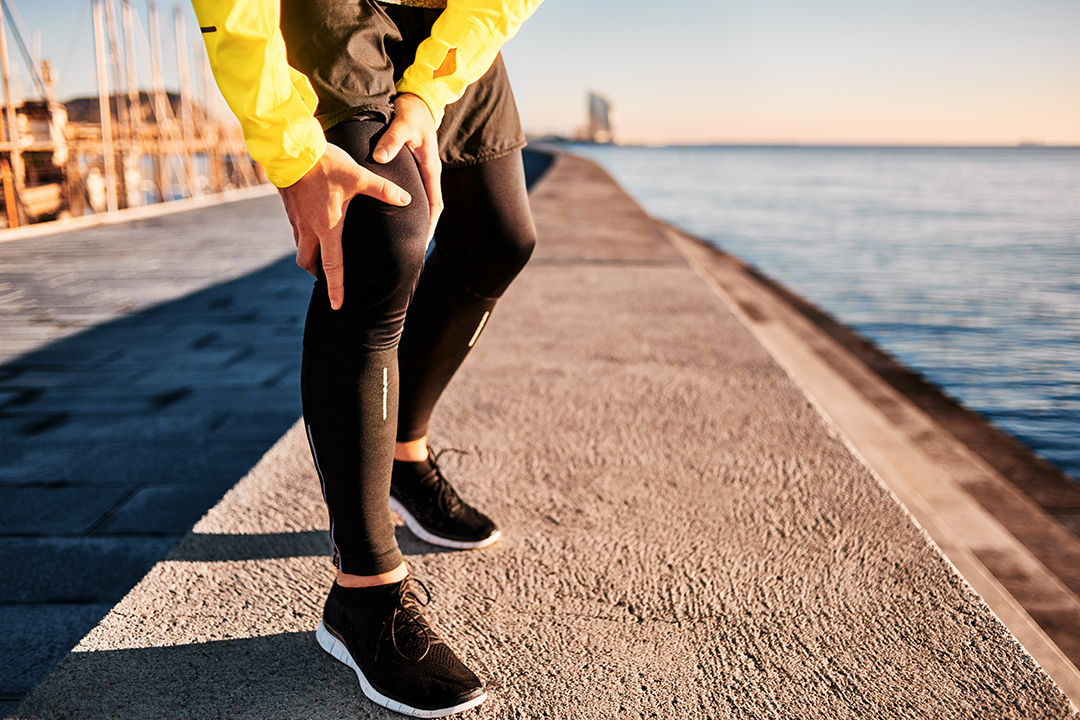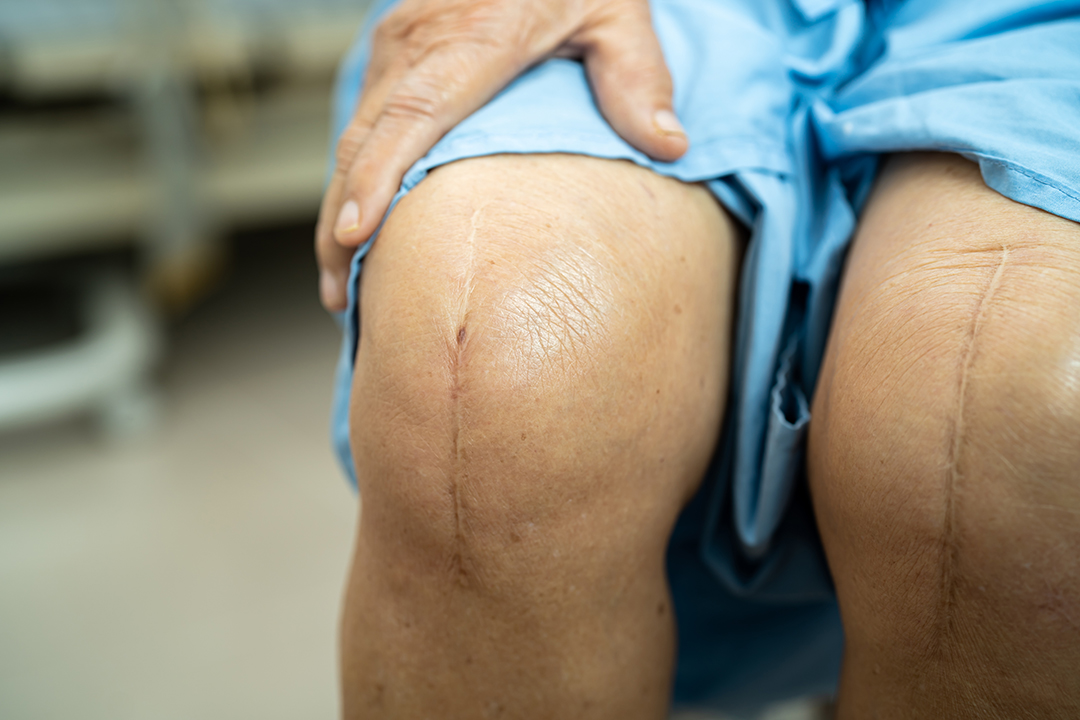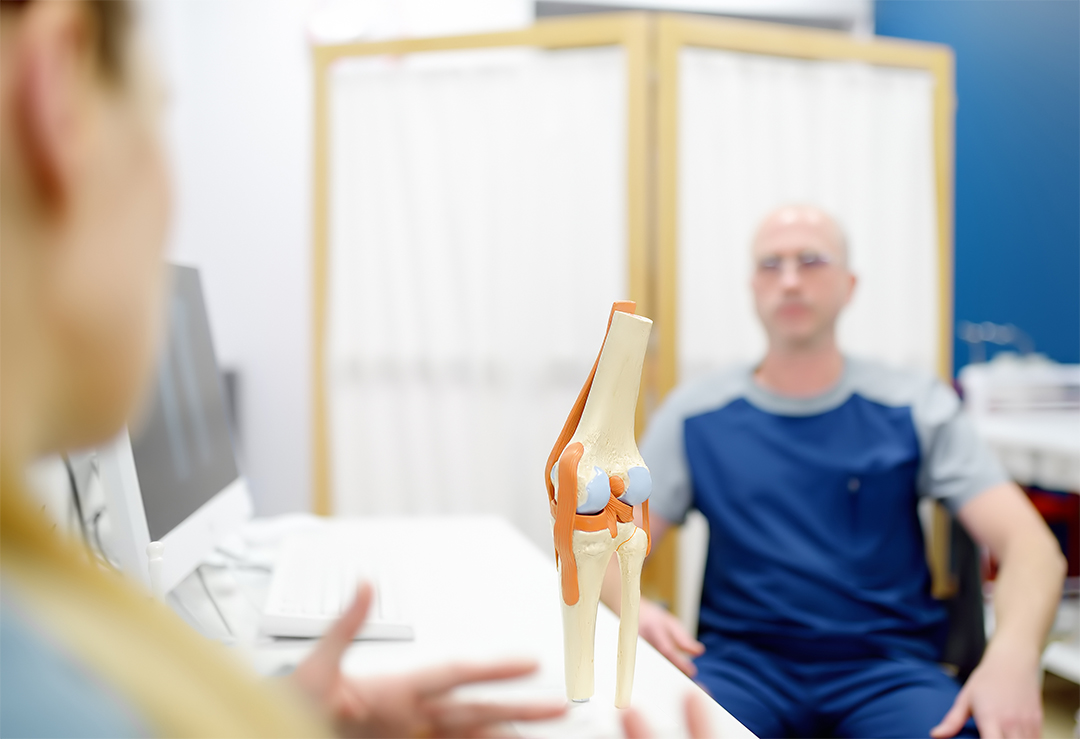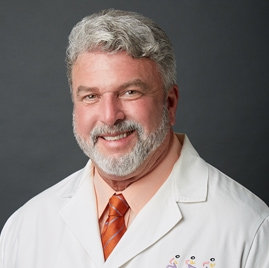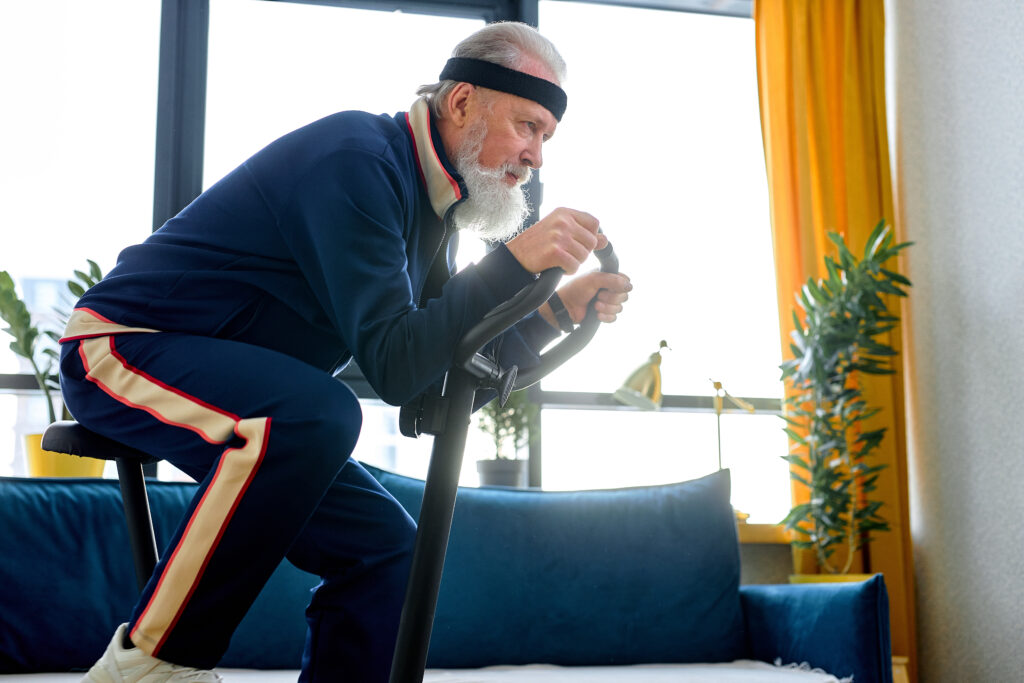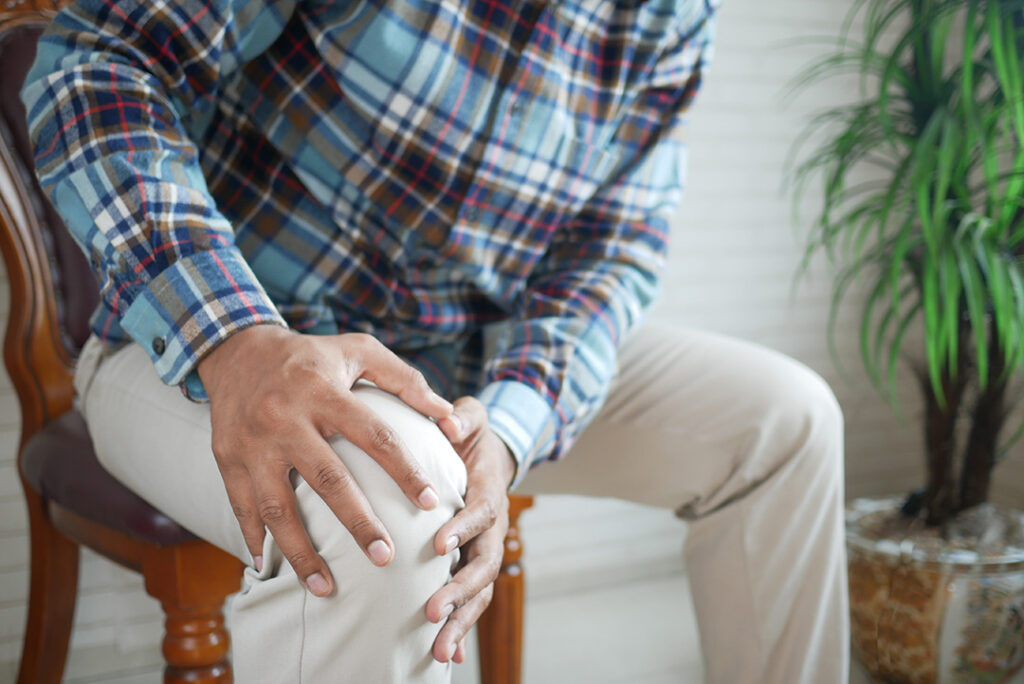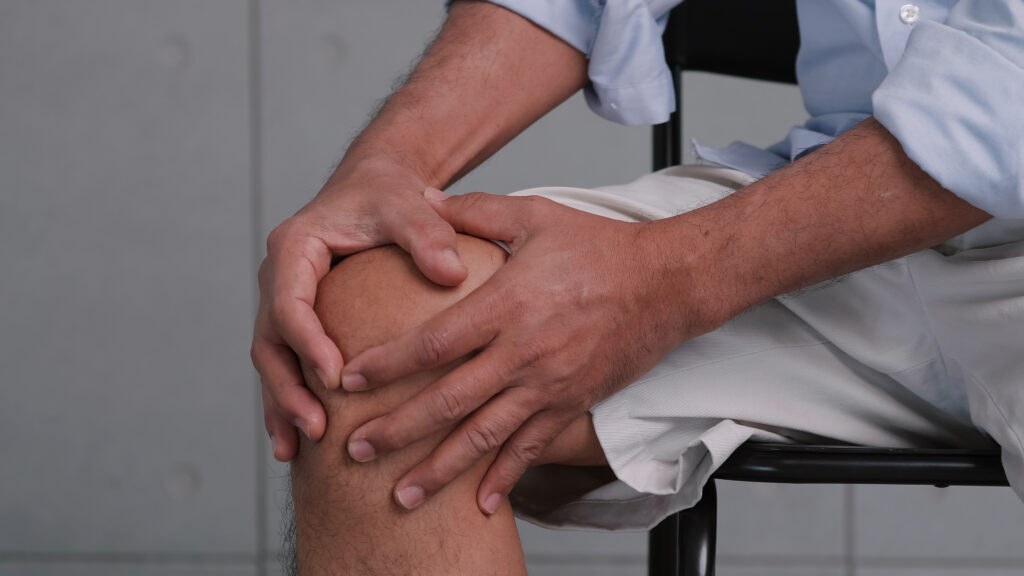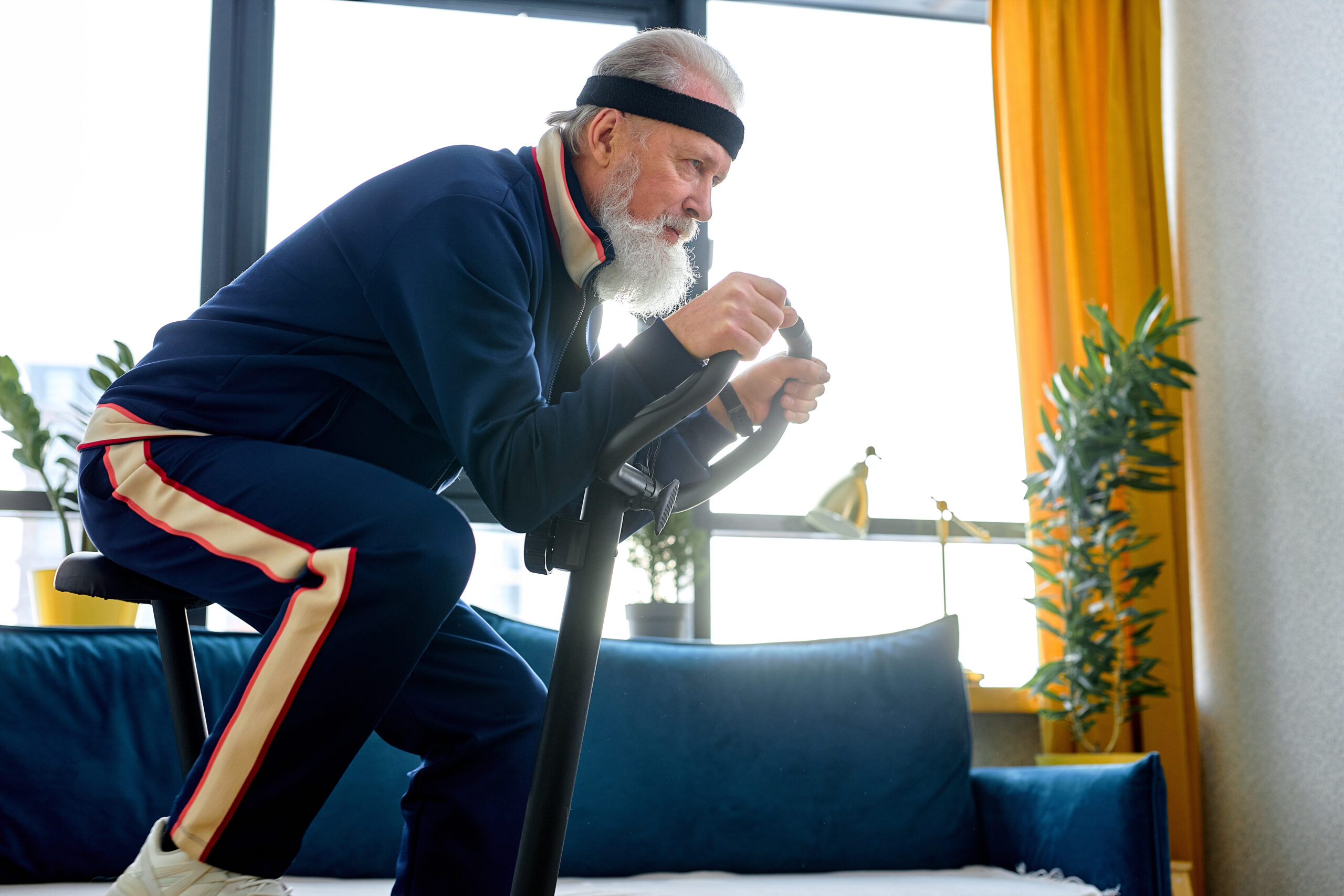
Knee Recovery Timeline: What to Expect Week-by-Week
Share on Social PRP Treatment: What to Expect After Treatment If you’ve recently received or are considering a Regenerative Therapy procedure, you may be wondering how long recovery takes and what to expect along the way. This type of Regenerative Orthopedic Treatment supports the body’s natural healing response using concentrated platelets and

